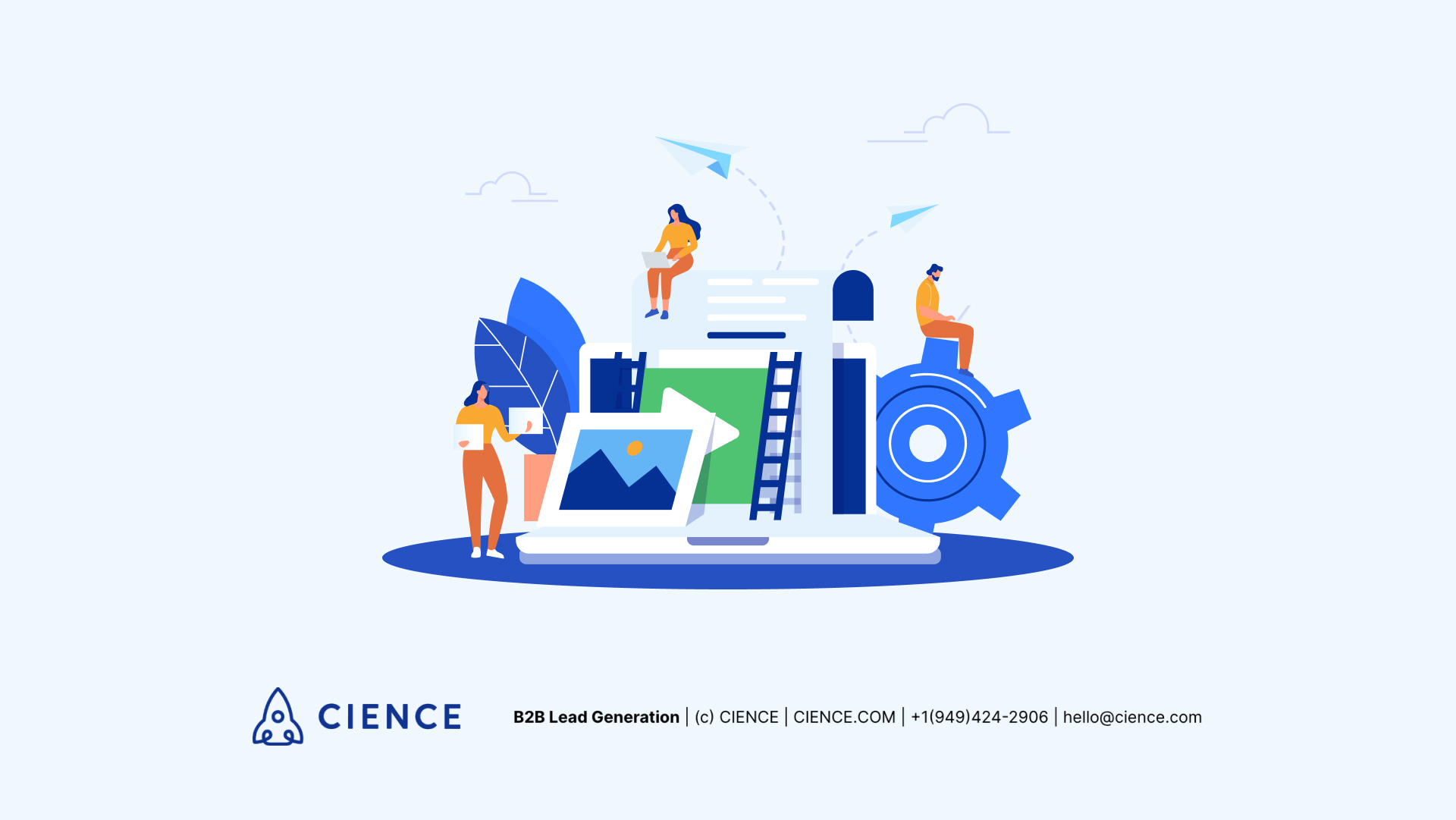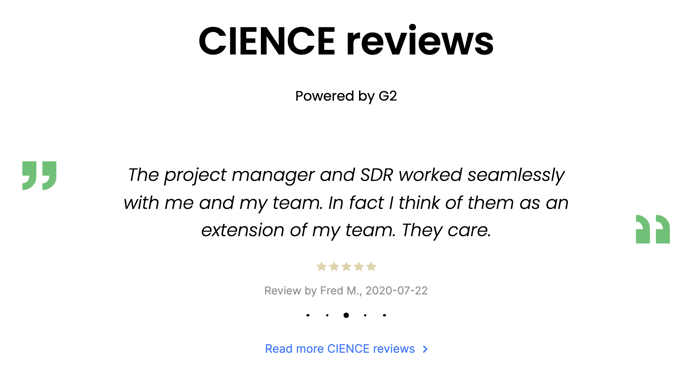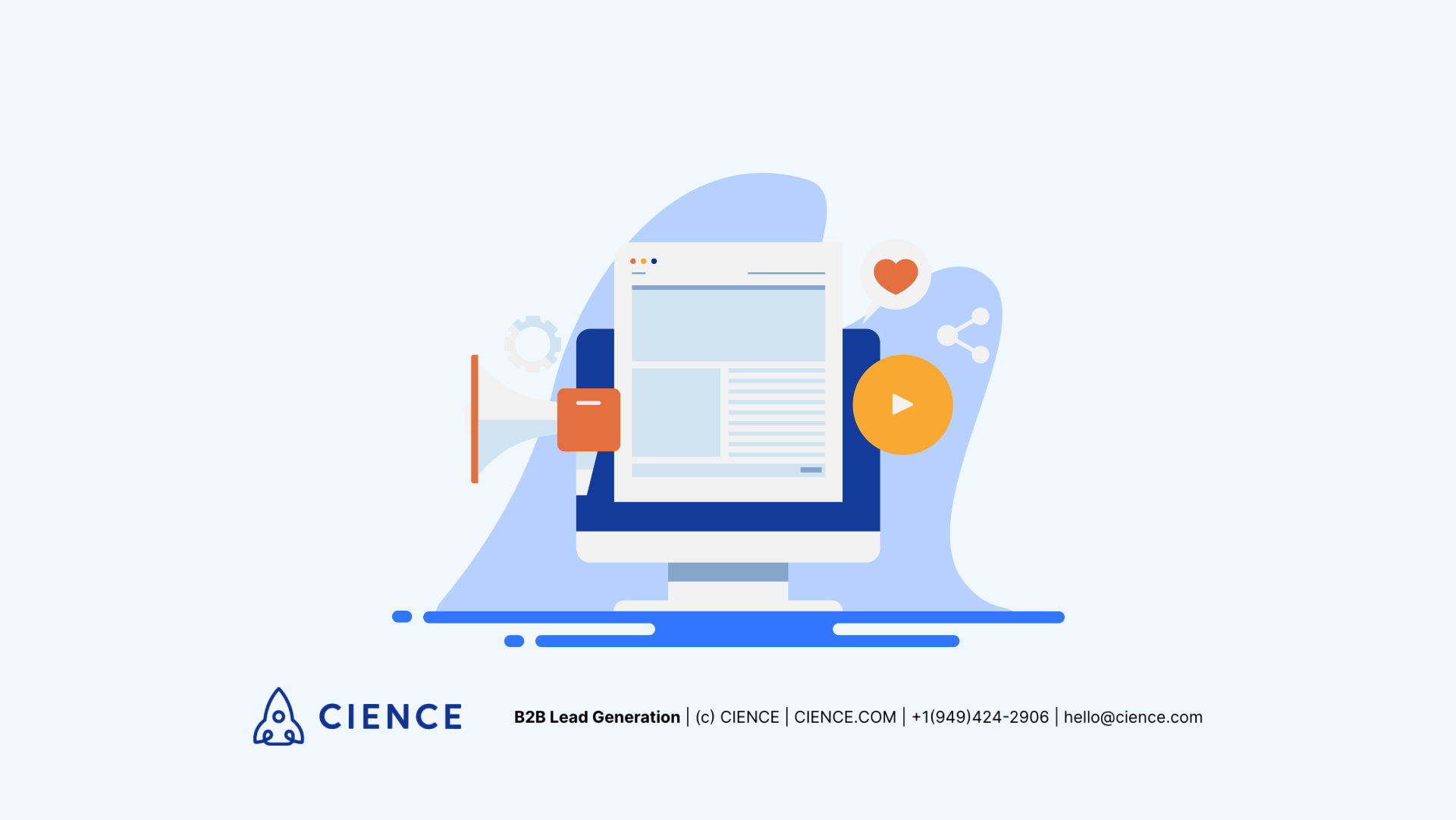How to Build a Content Strategy to Attract B2B Decision-Makers
As you know, content marketing is extremely competitive, and without a solid B2B content strategy, you’ll likely lose out on your target prospects. A good content strategy instead gives you the direction you need to get your business in front of ideal clients, find the decision-makers, and show them why they should do business with you.
Content strategy is about providing the right content, to the right people, at the right time, and for the right reasons to bring your brand to the top of your prospects’ minds when they are ready to purchase, resulting in more growth for your business.
However, it is not so clear what and how much of your content they want to consume. This is usually determined by actively seeking content that helps them do their jobs more effectively. While content is crucial to decision-making, it is also clear that B2B buyers are particular about the source and credibility of the content they consume.
An effective B2B content marketing strategy doesn’t just focus on content creation and consumption but also experience and engagement. It goes beyond what a prospect learns from the content, to how that content actually makes the prospect feel about the brand and how it can help them solve their challenges.
B2B buyers have evolved when it comes to content expectations, including availability and ease of access and use. They don’t want to jump through hoops just to access your content, no matter how good it is.
So how can you build a successful content strategy for B2B to attract the right decision-makers? Let’s explore how to best engage with B2B leaders to ensure success and set your business apart from the competition.
8 Steps to Create an Effective B2B Content Strategy

If you don’t have the right B2B content marketing strategy, or if it’s made up of random marketing tactics that don’t have a specific purpose, you won’t get the traffic and conversions you want, no matter what types of content you produce. This could result in a loss in revenue and a loss of your ideal prospects to your competitors.
But it’s also important to remember content strategy is not a one-size-fits-all and will not work for every business. Creating the right strategy depends on your market, industry, business model, and your brand. But, it's advisable first to do brainstorming with different options of visuals like a chart, a sales deck, illustrations, diagrams, flowcharts, infographics, or in the form of a presentation, so you and your team get an idea before implementation, follow these eight steps to attract B2B leaders:
1. Get to know your ideal customers.
The first step in building a successful strategy may seem obvious, but it’s knowing your target audience and creating content that credibly addresses their challenges, needs and provides information that helps their business grow and succeed. If you’re not sure who your target audience is, you’ll never engage with them. And even if you do, if you don’t understand their goals and challenges, you’ll never earn their trust or their business.
Once you know what motivates your ideal prospects, you’ll have a better idea of the kinds of content that will resonate with them. When you know what your content is supposed to do for you and your ideal prospects, you can create the right kinds of content to achieve optimal results.
2. Use the right keywords to find your audience.
Now that you’ve identified your target audience and you understand what matters to them, it’s time to find those businesses and generate brand awareness. To ensure your content reaches your ideal customers, you need to use the right keywords—the words and phrases you plug into search engines like Google to help find your content online. This means implementing SEO so your content can be easily found by your prospects and can drive targeted traffic back to your website if done correctly. SEO specialists also use keyword research as a way to assess competition in their industry, as well as identify potential trends or changes that may be relevant to their campaigns. By incorporating these keywords into their copy based on research conducted, SEO agencies not only increase the visibility of a particular website but also ensure it appeals directly to its intended audience.
3. Focus on thought leadership content.
The next step in B2B content strategy is to comprise internal thought leadership content including, but not limited to, blog articles, podcasts, case studies, whitepapers, webinars, and videos. A good approach is to have different personas throughout your organization create content that addresses pain points, challenges, and benefits that will resonate with their B2B buyer counterparts. Take a look at how CIENCE combines its Enterprise Sales Development podcast with a YouTube video each week:
4. Introduce user-generated content.
Once you have a solid pool of resources of internal content, the next step in building a B2B content strategy is to add examples of user-generated content that will help prospects see your brand and associated content as unbiased. This can include content like reviews on popular sites like G2 and Clutch or on social media channels. Sharing these powerful peer experiences that are authentic can add even more credibility to your claims.

However, you don’t need to get caught up creating content just for the sake of creating content or leaning too heavily into what your competitors are doing. Instead, focus on creating the right content marketing strategy for your business.
5. Find the decision-makers in the customer journey.
Next, you’ll want to know where these decision-makers are in their customer journey. Different kinds of content are more effective at leading your prospects down the sales funnel, whether it’s awareness, interest, consideration, purchase, after purchase, or repurchase.
Once you have learned where a prospect is in the customer journey, you can cater your content accordingly to get and keep them interested in your business and grab their attention at any stage in the process. This can range from leaning into their specific pain points, education on solutions, and social proof from current customers in the form of whitepapers, case studies, testimonials, and videos—to name a few.

6. Let buyer tendencies and intent guide content strategy.
It’s not entirely known what drives decision-makers to consume content about your business in different ways (websites, industry-specific publications, review sites, etc.) before then deciding to purchase your product or service. But if you can understand and make educated guesses about your buyer’s tendencies and intent, you will ensure your content works to achieve overall engagement and conversion rates.
7. Set yourself apart from the competition.
Now that you know the types of content your prospects want to see, it’s time to set your business apart from your competitors by delivering content that specifically helps fix your ideal customers’ problems and presents your value prop in engaging ways the competition can’t or isn’t doing.
It’s a good idea to have an understanding of your competitors and what type of content they are putting out in the universe to set yourself apart as to what makes your business more valuable. This doesn’t mean copying what they are doing in terms of content, but it doesn’t hurt to see what has been successful for them and then implement similar strategies to highlight your solutions.
Accelerating and leveraging competitive intelligence research can help your business in establishing a shared information workflow that enables disruption monitoring and decision-making. With a solid strategy in place, you have a better chance of attracting your ideal customers away from the competition.
8. Set realistic goals based on reliable metrics.
At the end of the day, the best way to measure whether your content strategy is working is by setting realistic goals with reliable metrics. That way, if you’re not reaching your ideal prospects, you can re-evaluate your content strategy. But remember, choosing the right KPIs to measure your progress depends on your market, industry, business model, and your brand. You may also want to track success in other ways like brand awareness, engagements, conversions, and customer satisfaction/retention.
Build Your B2B Content Strategy
It’s important to remember that creating an effective content strategy is an ever-evolving process. You must remain proactive in constantly updating your content and goals as the needs, challenges, and buying patterns of decision-makers change over time.
Once you understand your prospect’s buying journey, their greatest challenges, and how your product/service can help them succeed, then you can streamline the right kinds of content to resonate with the prospect no matter where they are in the process. When you can uncover what works and what doesn’t when it comes to content strategy, you can repeat the process with new content to ensure continued success.
